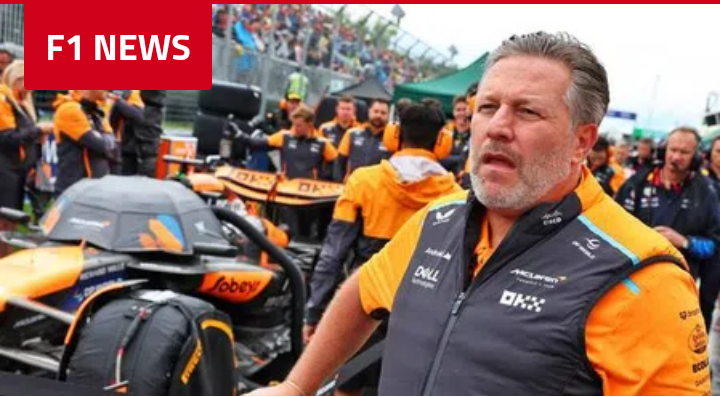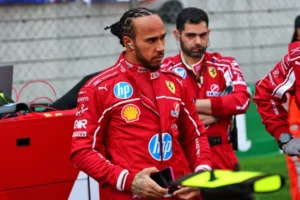Breaking news:Brown steps down as Andretti director after just a month… Read more

Brown steps down as Andretti director after just a month in charge
Zak Brown has resigned from his position as the chief executive of Andretti, just a month after joining the organization, marking a swift and unexpected turn of events. His recent appointment at the American racing company was a surprising development, particularly given his prominent role as CEO of McLaren. However, this new venture for Brown has proven to be short-lived.
In early September, a significant partnership was formed between Michael Andretti, Zak Brown, and several other individuals, leading to the establishment of a new entity named Andretti Acquisition Corp. II. This entity operates as a Special Purpose Acquisition Company (SPAC), a type of investment vehicle designed specifically to acquire or merge with existing companies. SPACs typically generate funds through an initial public offering (IPO) and function primarily as shell companies with the primary goal of finding suitable acquisition targets.
Given Brown’s and Andretti’s backgrounds in the racing industry, it was anticipated that the SPAC would focus on investing in or potentially acquiring businesses that are linked to motorsports. However, with Brown’s recent departure, those plans may not come to fruition.
On September 30, 2024, a document from the US Chamber of Commerce confirmed Brown’s resignation from the Board of Directors of Andretti Acquisition Corp. II, where he also served on the compensation committee. Importantly, the announcement clarified that his resignation was not due to any disagreements with the company’s management or board regarding its operational strategies, policies, or practices.
The reasons behind Brown’s exit remain speculative, leading to various conjectures about what may have influenced his decision. Nevertheless, it is important to understand the mechanics of SPACs, especially in light of Brown’s investment. Investors in SPACs, including Brown, typically have the option to withdraw their funds if they do not wish to proceed with a merger or acquisition involving the target company.
The world of SPACs has gained significant attention in recent years as a popular alternative for companies looking to go public without undergoing the traditional initial public offering process. For investors, SPACs offer a unique investment opportunity, allowing them to support ventures that they believe have potential while also providing a mechanism to retract their investment if they change their minds.
Brown’s quick departure from Andretti Acquisition Corp. II raises questions about the future direction of the SPAC and whether it will continue to pursue acquisitions related to the racing industry or shift its focus altogether. Without Brown’s leadership, the strategic vision that was anticipated might need to be re-evaluated, and the existing board members may need to navigate new challenges as they seek to identify viable acquisition targets.
The automotive and racing sectors have seen a wave of interest from SPACs, as they present potential growth opportunities and align with the interests of investors looking to capitalize on the resurgence of motorsports. Companies involved in racing technology, electric vehicle innovation, and motorsports entertainment have drawn attention for their potential to generate substantial returns.
As the racing industry continues to evolve, the integration of new technologies and sustainability initiatives has become crucial, prompting the need for investment in businesses that can adapt to these changes. Should Andretti Acquisition Corp. II remain committed to the racing space, the board may need to explore partnerships or investments that can leverage the expertise and influence of its remaining members.
In conclusion, Zak Brown’s departure from Andretti Acquisition Corp. II shortly after his appointment raises significant questions about the future of this SPAC and its investment strategy. While the reasons for his resignation remain unclear, the implications for the company and its direction in the competitive landscape of motorsports investments are likely to be substantial. As the industry evolves, the need for informed decision-making and strategic direction will be paramount for the remaining board members to ensure the success of their endeavors. The future of the SPAC and its potential acquisitions will depend on the vision that emerges from this transition and how effectively the board can align with the interests of investors and the broader racing community.








